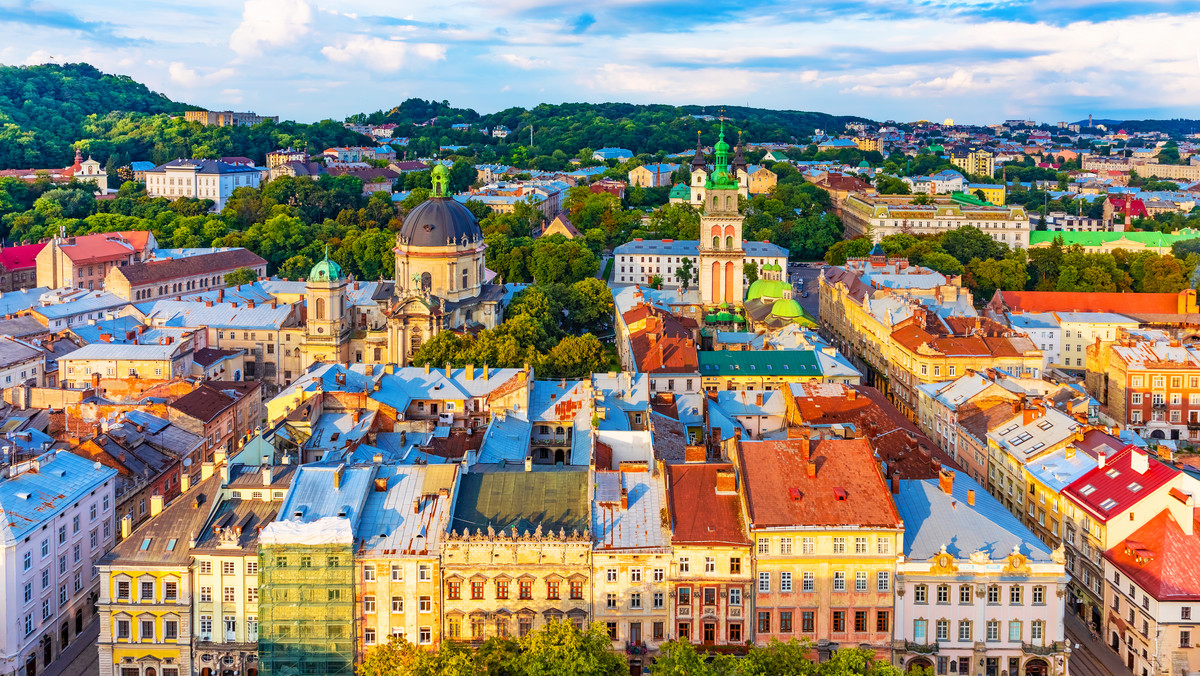| "The Contested Lithuanian-Belarusian Fatherland," rushes through the first 300 years of Polophone Wilno before settling into the Romantic era. Here Snyder draws effectively from Polish-Lithuanian poet Adam Mickiewicz to define the controversy. Mickiewicz longed for a revival of the recently partitioned 'early modern' multiethnic Commonwealth, 
but in the aftermath of the 1863 rising of Poles against Russian imperial rule, a 'modern' ethnically exclusive nationalism was taking root. The old concept of the nation "was based on citizenship in a great republic where the gentry enjoyed extensive and codified rights." The new concept was based on ethnic, linguistic, and often religious particularism. Snyder skillfully explores the efforts Wilno's communities to rethink their identities and, in the process, re-interpret their pasts. While early-twentieth-century Poles gradually moved toward a 'national democratic' vision for a more Polish Poland, Lithuanian nationalists, looked back to a mythical version of the medieval Grand Duchy of Lithuania for their inspiration. 
For them, the 1569 Lublin Union had spelled the end of Lithuania's days of glory. 
Whatever their aim, ethnic nationalists turned to (and misinterpreted) Mickiewicz's poetry for support. | |
|
| The legacy of Kyivan Rus' begins Snyder's second section, "The Embattled Ukrainian Borderland". Which state was its legitimate heir? Russia? Commonwealth Poland? Commonwealth Lithuania? An emerging Ukraine? The answer, of course, depended on which nationalist answered the question. Soon enough, Snyder turns his attention to one city to examine the consequences of such contests, the city known variously as Lwow, L'vov, Lemberg, and L'viv. 
The city and its hinterland (now in western Ukraine) demonstrate just how complex – and bloody – issues of national identity can be. Before the 20th century, Polish elites in the cities and towns of Galicia and Volhynia represented Catholicism, high culture, and economic power. In these cities and towns too were large Jewish populations. Particularly in rural areas, the masses of people spoke Ruthenian or Ukrainian, worshipped in Orthodox (or in some times and places Uniate or Greek Catholic) churches, were largely illiterate, and were grindingly poor. | |
|
| That was the situation as of 1939, when the Nazis/Soviet invasion of Poland changed everything. 

Drawing from his own research, Snyder's narrative becomes is gripping and horrifying. The Jewish part of the story, addressed thoughout Reconstruction of Nations, is here, of course, central. Less well known, however, is the war of nationalist irredentisms which took place at the same time as the Shoah. Snyder follows Ukrainian death squads as murder and forcibly resettle Volhynia's Polish speakers. 
He then turns to the Poles who turn the tables against Ukrainian speakers in Polish Galicia. With Jewish communities exterminated, Ukrainians driven out, and Ukrainian Poles forced in, postwar Poland was almost purely Polish. Mirroring Poland's experience, as western Ukraine became almost exclusively Ukrainian. The new postwar frontier separated the two nations as never before. | |
|
| The third section, "The Reconstructed Polish Homeland," investigates the Polish émigré publication Kultura, which pre-emptively constructed and then successfully advocated a new Polish foreign policy for Poland's post-Cold War world. That policy or "grand strategy," fully developed by 1974, posited that Poles should renounce revanchism in the east and support Lithuanian, Belarusian, and Ukrainian aspirations to independent statehood. These ideas took root in the nascent Solidarity movement and became official policy after Solidarity formed Eastern Europe's first noncommunist government in 1989. Subsequent chapters follow Polish diplomacy as it encouraged neighboring Soviet republics to pursue independence. At the same time, Polish leaders remained clear that the Yalta/Potsdam borders should stand without any need for further population transfers. Later, Polish policy presaged and facilitated the expansion of the European Union and NATO into former Warsaw Pact states. Snyder credits these farsighted policies to a long series of felicitous outcomes within the former Commonwealth. | |
| The Reconstruction of Nations, which has won the American Historical Association's George Louis Beer Prize as well as two prizes in Eastern European studies, is can serve as an object lesson in how to conduct and source historical research. The prose, unfortunately, is not elegant. Snyder makes his point that "Polish culture had accompanied social advance in Wilno" more often than necessary, each time as if it were a new idea to readers. The same is true of his assertion that Poles resented the collaboration of some Ukrainians with invading Nazis. These are, however, minor issues. Remembering that 11 of its 14 chapters focus on the 20th century, despite the range of dates in the book's subtitle, this is a valuable work for dramatizing the ways nationalisms interact and transform themselves. Instructors can use Reconstruction of Nations in intermediate or advanced courses to explore Eastern European culture and diplomacy, European nationalisms, or ethnic cleansing. | 6 |
| Alternatively, any one of its sections can stand alone as a well-researched and well-told narrative history. Here students can learn, in often fascinating detail, how some eastern Europeans could see Poland, rather than Hitler's Germany or Stalin's Soviet Union as the bigger threat in the 1930s; what it really involved to shift the frontiers of Poland hundreds of miles westward after Yalta and Potsdam; and why December 2004 Ukrainian elections divided the country along sharp geographical lines, as though there were two Ukraines. Original research on wartime Polish and Ukrainian ethnic cleansing and on late Cold War incubation of Polish foreign policy make Reconstruction of Nations particularly valuable in classrooms. |

This is one of the most impressive historic works I have ever read. Timothy Snyder gives a very accessible and yet detailed history of why the current borders are as they are, what happened and why Poland-Lithuania-Belarus-Ukraine in the 1990s avoided what happened to Yugoslavia at the same time
This book should be read together with Timothy Snyder's "Bloodland - Europe between Hitler & Stalin",





